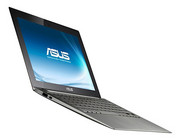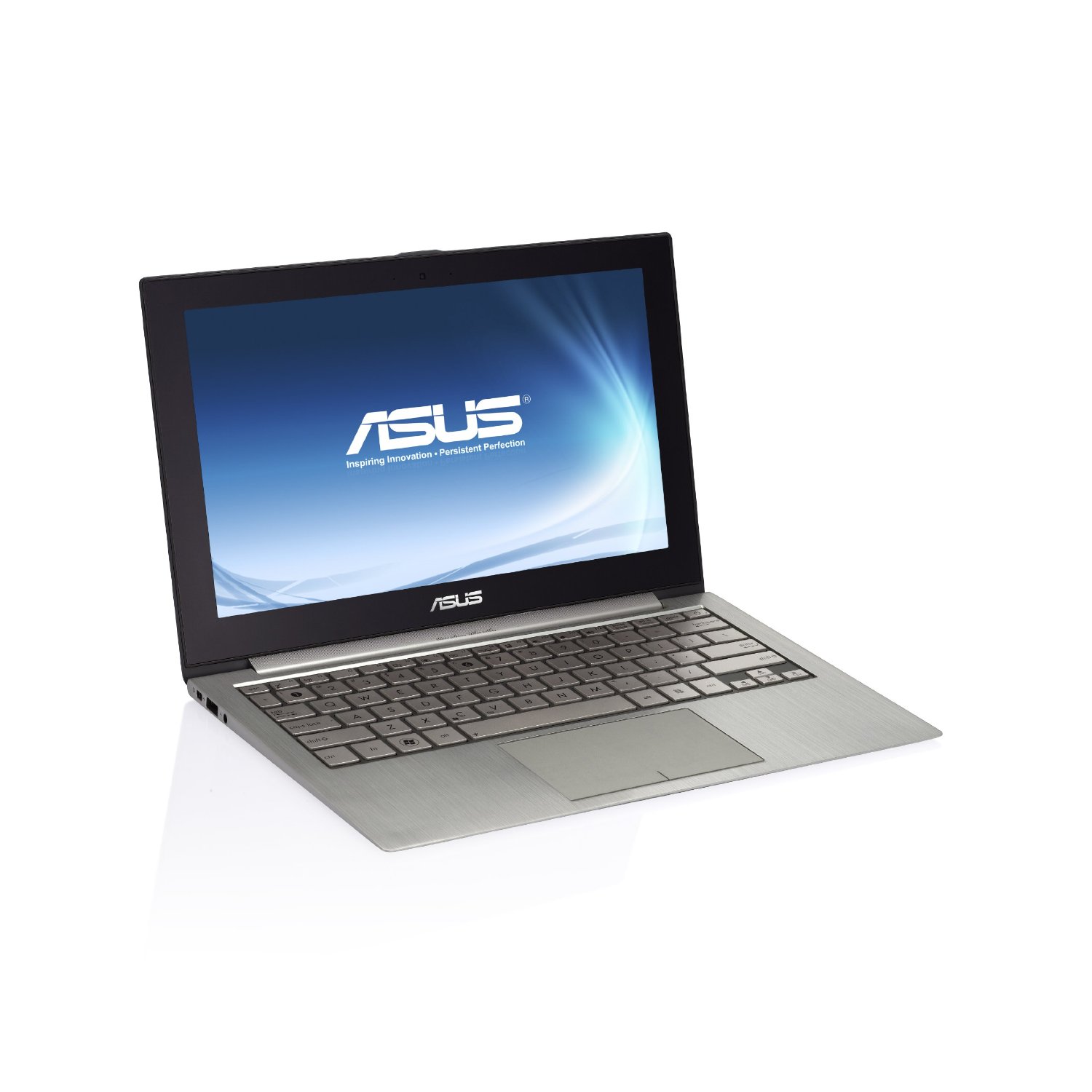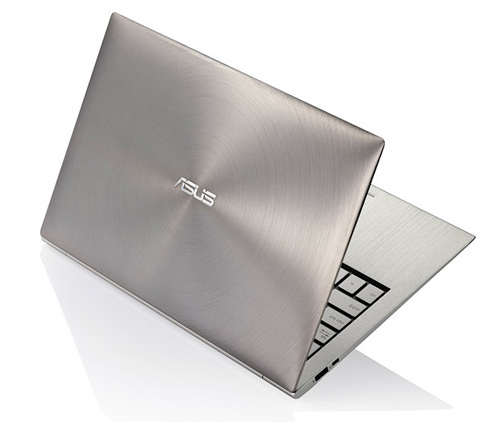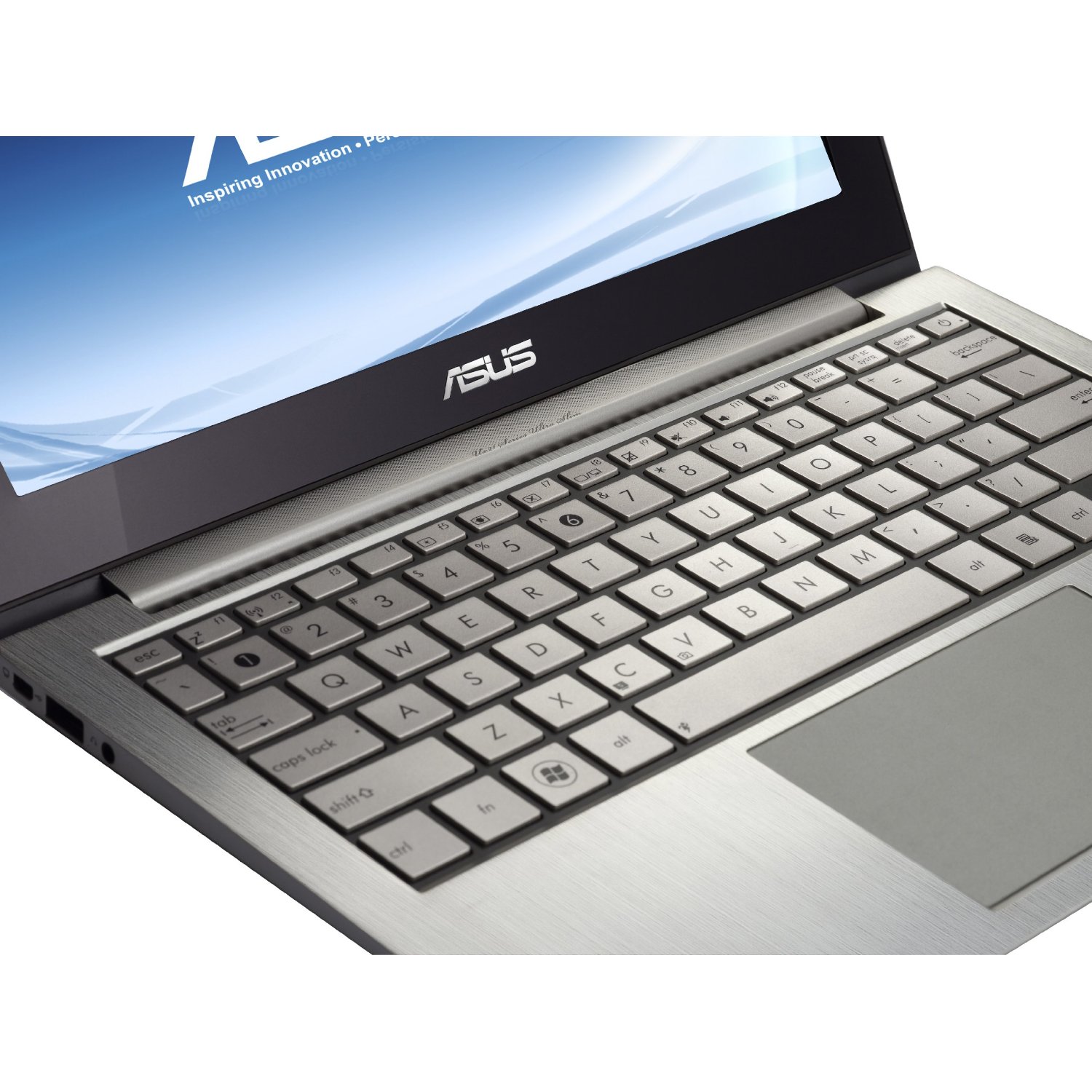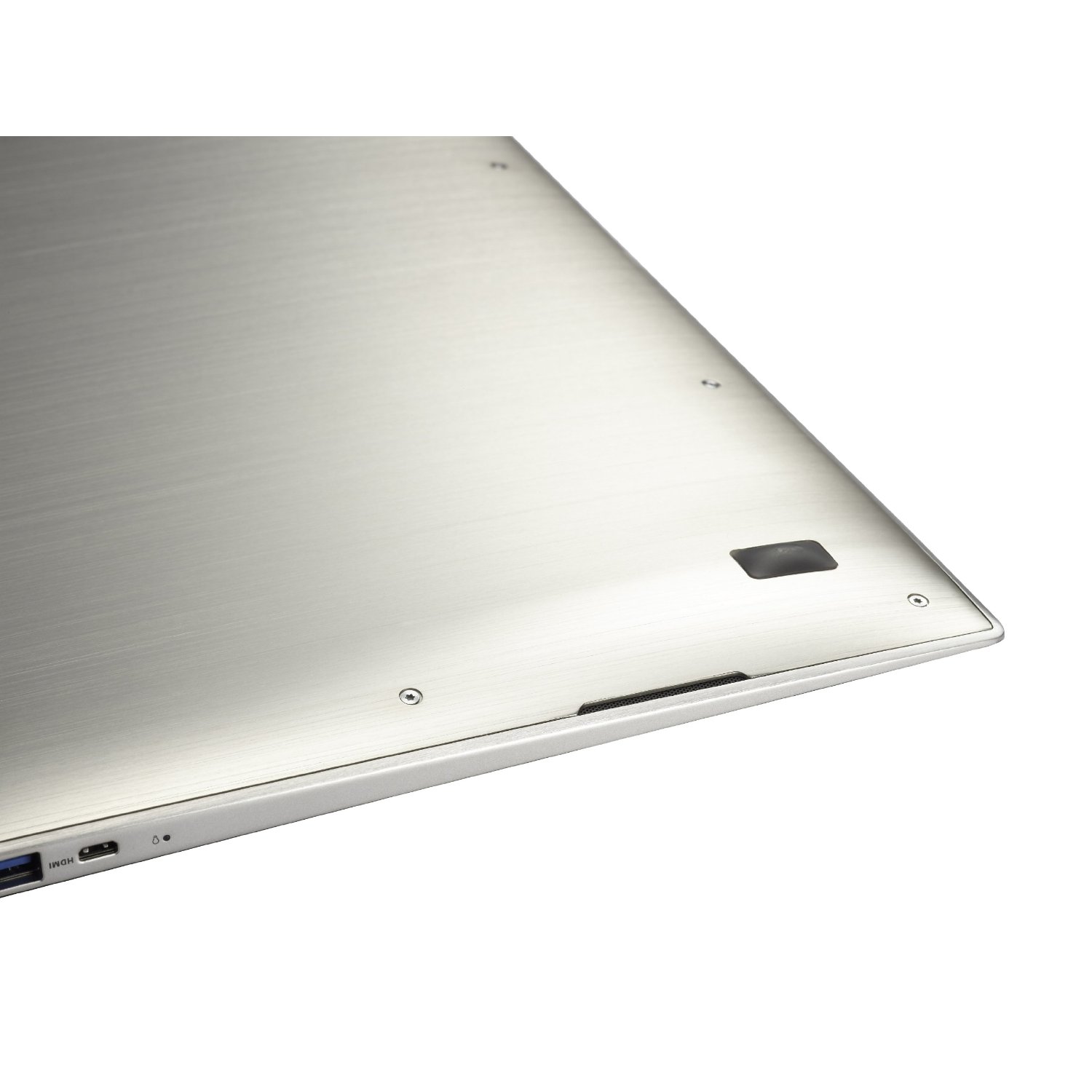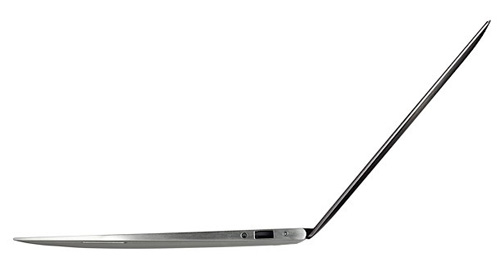Asus Zenbook UX21E-DH52
Specifications
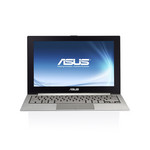
Price comparison
Average of 2 scores (from 2 reviews)
Reviews for the Asus Zenbook UX21E-DH52
Source: Techreview Source
 Archive.org version
Archive.org versionIt's hard to imagine a lighter, more elegant, closer-to-desktop-performance package than the Asus Zenbook UX21E-DH52. On the other hand, it's easy to imagine a better value proposition, particularly with both the Toshiba Z835-P330 and HP Folio 13 offering more spacious 13.3-inch screens; more comfortable, backlit keyboards; and lower prices with virtually equal portability (okay, you might notice the HP Folio 13's additional pound in your briefcase, but you'll never notice the Toshiba's additional four ounces). The Asus UX31-RSL8, too, gives you a lot more than the UX21E-DH52 for only $50 extra. For now, consider the UX21E-DH52 as a status symbol—about as small and as stylish as laptops get.
Single Review, online available, Very Short, Date: 02/08/2012
Rating: Total score: 70%
Source: V3.co.uk
 Archive.org version
Archive.org versionThe UX21E offers great performance at a reasonable price point of £850, with accessories included. However, it is still difficult to recommend the device to traveling business users based on the limited battery life and very poor trackpad. Business users who are considering investing in an ultrabook should be advised that the Zenbook also ships without enterprise friendly features including Intel's Core vPro technology, a Trusted Platform Module chip and fingerprint scanner. All are included in the Toshiba Portégé Z830 ultrabook together with Windows 7 Professional as standard. The Portégé is better suited to the needs of business users even though it is £300 pricier at £1,155.
Single Review, online available, Medium, Date: 02/02/2012
Rating: Total score: 60%
Comment
Series:
With the recent announced UX21 and UX31 Ultrabooks, provided by the Taiwanese manufacturer Asus and marketed under the self-created term Zenbook, the already existing UX series moves back to the foreground. In 2009 Asus showed the slim notebook UX50V with energy efficient hardware and a 15-inch display. Today, three years after the first device of this series Asus presents two devices in the Ultrabook-class with 11.6 - and 13.3-inch display. The category Ultrabook itself was launched by Intel to the fire up the market of the top dog Apple with its MacBook Air 11 and MacBook Air 13.
Significant milestones for this project are a sleek design, fast and energy-saving hardware as well as a decent battery lifetime. Asus uses a alloy-chassis, a solid state drive and a lithium-polymer battery, which is integrated. In the first reviews for the two new devices the available ports, the bright screen and the minimalistic background noises in idle-usage models are highlighted. Disadvantages are the reflective surface of the display and the missing option to expand the integrated hardware.
Asus offers the Zenbook UX21 (11.6 inches) and the UX31 with the larger 13.3-inch screen from 999 € (MSRP) upwards. In regard to other devices you’ll see that Asus only sell premium devices at the moment. Acer offers the Aspire S3 Ultrabook already from 799 € (MSRP) upwards. But in comparison the devices from Asus get a better result in the most reviews out there.
Intel HD Graphics 3000: Integrated graphics card in the Intel Sandy Bridge processors (Core ix-2xxx). The HD 3000 is the faster (internally GT2 called) version with 12 Execution Units (EUs).
Only some 3D games with very low demands are playable with these cards.
» Further information can be found in our Comparison of Mobile Graphics Cards and the corresponding Benchmark List.
2467M: Power saving ULV processor clocked at 1.6-2.3 GHz due to Turbo boost. Offers an integrated HD 3000 clocked at slow 350 / 1150 MHz and a DDR3-1333 memory controller.» Further information can be found in our Comparison of Mobile Processsors.




